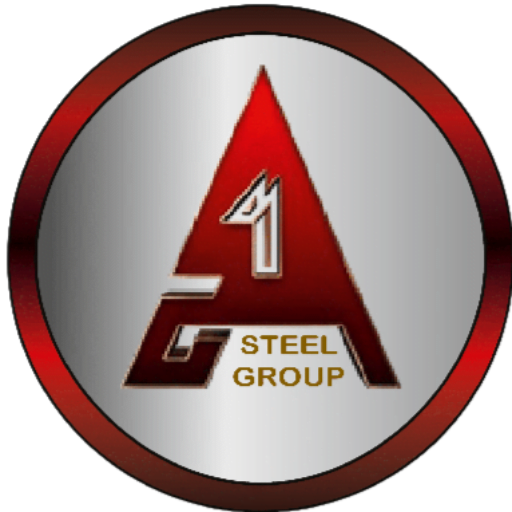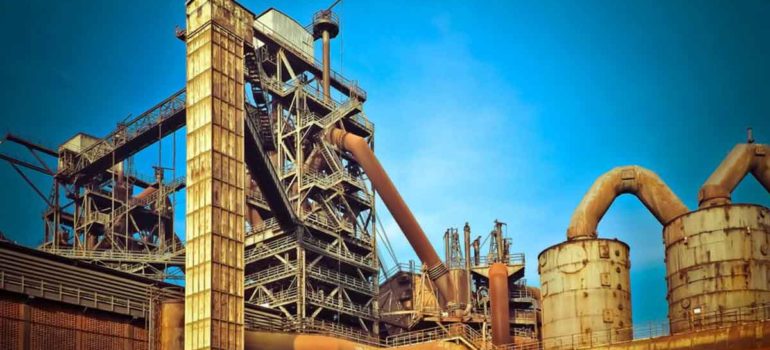Little did the world know that a new steelmaking technology was poised to revolutionise the steel industry. The steel mills in other countries were lagging behind the United States, which remained the king of steel. It is the history of modern steel.
Steelmaking process
One German scientist and glassmaker, William Siemens, sought to change the process of steelmaking for the better. In 1847, he noticed that the furnace could hold its peak temperature for long if the emitted heat recycled back into it. Siemens built a glass furnace with firebrick tubes. The exiting gases flowed through tubes, mixed with the outside air, and recycled back into the furnace. 20 years later, Pierre-Emile Martin, a French engineer, built a Siemens furnace to smelt iron. The liquefied metal remained in the same state for a longer time than it did in the Bessemer Converter, which gave sufficient time to add the required amounts of carbon-filled iron alloys, to turn the metal into steel. Due to the excess heat, the newly-made steel melted down too. The Siemens-Martin process, also known as the open-hearth process, became popular across the globe.
Siemens-Martin process
In the 20th century, Robert Durrer, a Swiss engineer, improved upon the Siemens-Martin process. After WWII, he moved from Germany to Switzerland and performed experiments with the Bessemer process. He used pure oxygen instead of air in the furnace, and found that the former removed carbon from molten iron much more effectively. Furthermore, he found that blowing oxygen from above helped to melt scrap steel into pig iron. By doing so, even the phosphorus got effectively removed from the iron. Durrer’s method, also known as the basic oxygen process, used the best of both the Bessemer and Siemens-Martin processes, resulting in an even cheaper way to produce large quantities of steel.
At last
Seeing the success of Durrer’s method, European and Asian nations adopted this into their mills, while the United States remained happy with the Siemens-Martin process. The American confidence in the Siemens-Martin process exposed them to foreign competition, without their knowledge.
Further read: Steel in the United States of America



